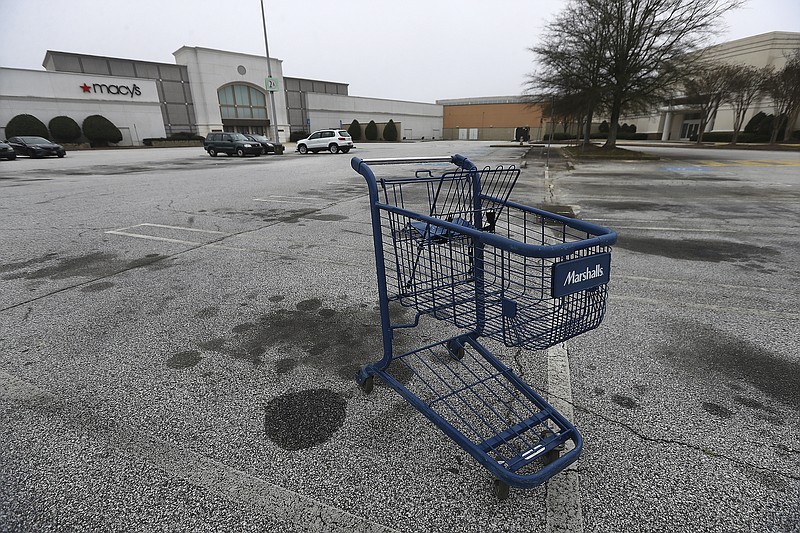The drastic steps taken to slow the spread of COVID-19 are pushing the United States and much of the rest of the world off an economic cliff. The U.S. Department of Labor said Thursday that nearly 3.3 million Americans registered for unemployment benefits last week alone - a staggering increase in the total number of jobless workers.
So it's no wonder there's a growing chorus of business and political leaders complaining, as President Donald Trump puts it, that the cure is worse than the disease. "Our country wasn't built to be shut down," the president said Monday. Instead, he keeps hinting that the restrictions on movement and commerce could be ended around April 12, which is Easter Sunday.
Well, sure, we'd all like to see the restrictions lifted as soon as possible. But it would be reckless, irresponsible and deadly to do so anytime soon. Infections and deaths are continuing to increase rapidly even with the social distancing measures that are in place. What's more, today's numbers don't reflect just how bad the situation is because they don't include anyone who's been infected but is not yet symptomatic.
Worse, we're largely operating blind when it comes to who has the disease and where it's spreading because we're doing only a tiny fraction of the testing and almost none of the monitoring needed to detect it. Encouraging people to go back to work, to the mall, to bars and restaurants only risks allowing the disease to take an even bigger toll, in terms of both lives and livelihoods.
The country can't go on indefinitely with the restraints that are in place today; the damage inflicted on the economy and on people's psyches might be irreparable. The issue is how and when to remove or replace those restraints without unleashing a surge in infections that overwhelms the health care system and multiplies the death toll.
One idea backed by Trump, among others, is to isolate the people considered most vulnerable to the disease - in particular, those who are elderly or have respiratory or immune-system disorders - while allowing the rest of the country to resume their pre-outbreak routines. Another idea is that the restrictions could be lifted for young people and those who've already recovered from COVID-19, allowing kids to go back to school and young adults and previously infected people to go back to their jobs.
Another idea favored by those who want to get the economy moving quickly is to apply different prevention measures to urban and rural areas. Although COVID-19 has been detected in every state, it's most prevalent in large metropolitan areas. With that in mind, some people have suggested allowing less densely populated areas with no sign of the novel coronavirus to return to business as usual, leaving the hard-hit cities under lockdown.
Yet that ignores how mobile and interconnected Americans have become. There are few restrictions on travel within the United States, and people are carrying the virus out of New York City and other hotbeds every day.
With the stakes as high as they are, it would be foolish to lift the social distancing rules until we know much, much more about where the virus is lurking. Otherwise, we'd just be planting the seeds for a more widespread problem that overwhelms the health care system, drives up the death toll and costs the economy more in the long term.
Congress is trying to buy us all some time with a massive infusion of cash to help businesses and workers survive the coronavirus meltdown. We need to stay focused on detecting the disease and limiting its spread, at least until there are effective treatments available. That means more testing, more monitoring and less guessing. Too many lives are at stake.
The Los Angeles Times
